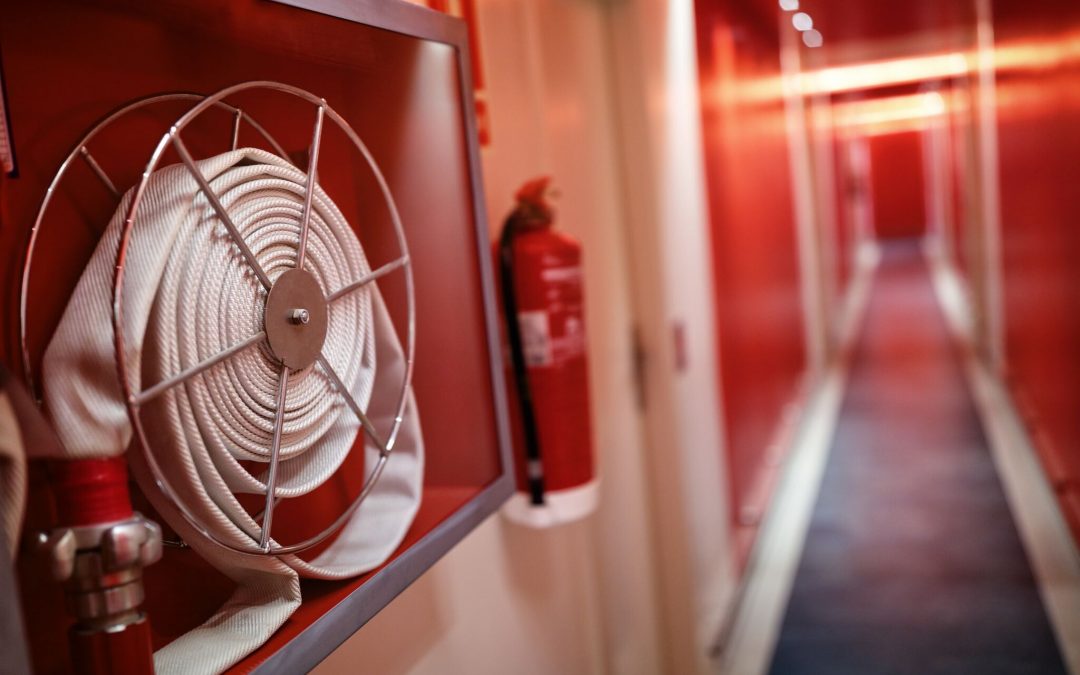Whether your workplace is large or small, safety planning is crucial.
The Work Health & Safety Regulation details that it is your responsibility as the business owner to prepare an emergency evacuation plan for your workplace. Emergency planning involves several strategies and specific written instructions to help people in your facility make it to safety, quickly and with minimal damage to property. This plan must include the following key emergency procedures:
Evacuation
Effective evacuation procedures are a make or break in an emergency. The strength of your planning comes down to your investment of time, effort and training in your workplaces evacuation procedures. Here’s how to improve the effectiveness of your evacuation plan:
- Ensure your evacuation procedures are clearly detailed and all staff are familiar with their roles & responsibilities
- Evacuation Diagrams must be visibly displayed throughout your workplace & regularly reviewed
- Include routes to a safe assembly area. Always ensure these places remain unobstructed
- Make sure all individuals are accounted for with a people counting system
- Provide extra assistance to those who have hearing, vision or mobility impairments
Medical assistance
A small investment into medical assistance can mean a big difference. After all, first aid training can mean the difference between safety and injury, life and death. Having the right equipment and enough people who know how to use it is crucial, so be sure to:
- Undergo a thorough first aid assessment of the premises, ensuring you consider the medical needs and physical abilities of your staff. Do you have team members suffer from high blood pressure, allergies, asthma, or any other conditions? These will require you to have stock of certain additional first aid equipment
- Have trained first aiders on your staff. If you don’t already have them, invest in good training. Remember, it’s not enough to train them once – they’ll also need refresher courses
- Inform your staff as to exactly who the first aid facilitators are
- Have excellent first aid facilities on your premises and ensure staff know where to find them
Train your workers
Even the very best emergency procedures can fail without the correct staff training. Not only is it essential that your team knows how to use the equipment, they’ll need to know where the equipment and evacuation diagrams are located. You should also ensure there are enough team members trained in additional emergency roles like first aid. Training is key to success, so make sure you do it properly.
Test your procedures
Drills can really help “drill” in information for your team. After all, there’s no better way to determine whether you have effective procedures than to test them out. Emergency drills not only allow you to test and improve your plan by helping spot what’s working and what’s maybe not working well. They also help bring down panic, ensuring people feel safer in the event of a real emergency.
Ready to improve the safety of your building? EmergencyEvacuationPlans.com.au is here to help you. Our expert team creates safe and efficient evacuation plans that take the stress out of emergency planning. Contact us today for more information today!

